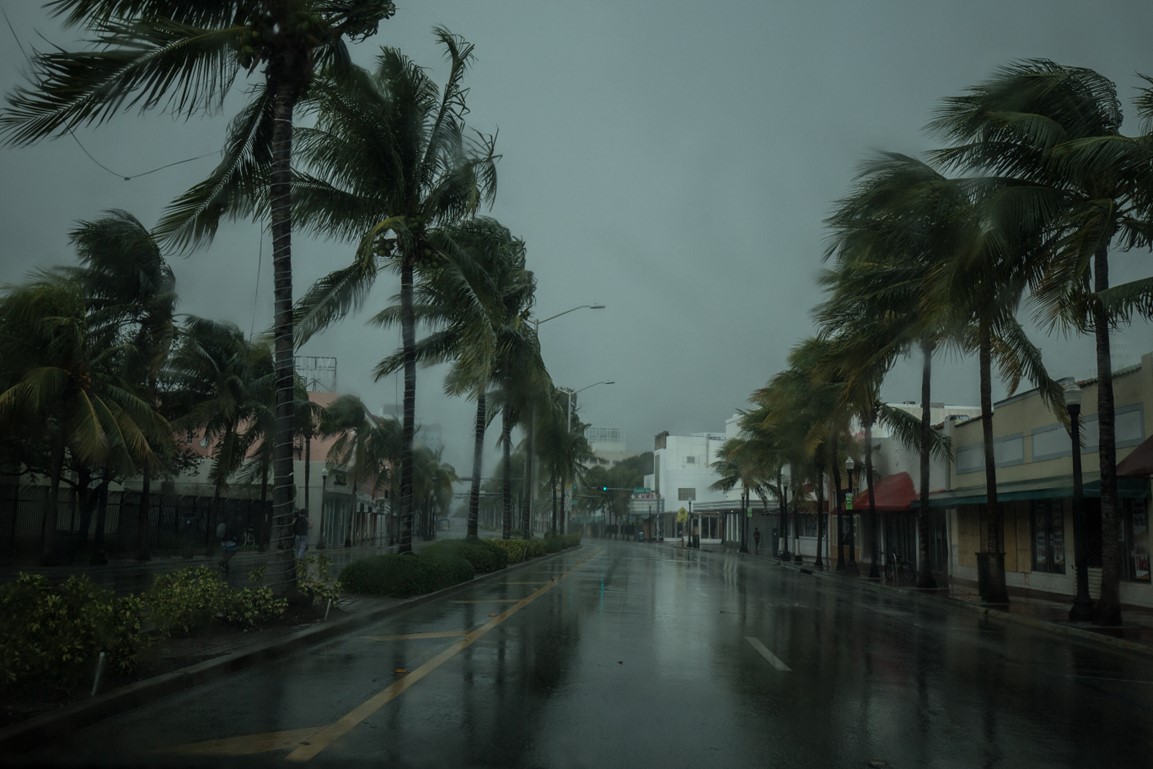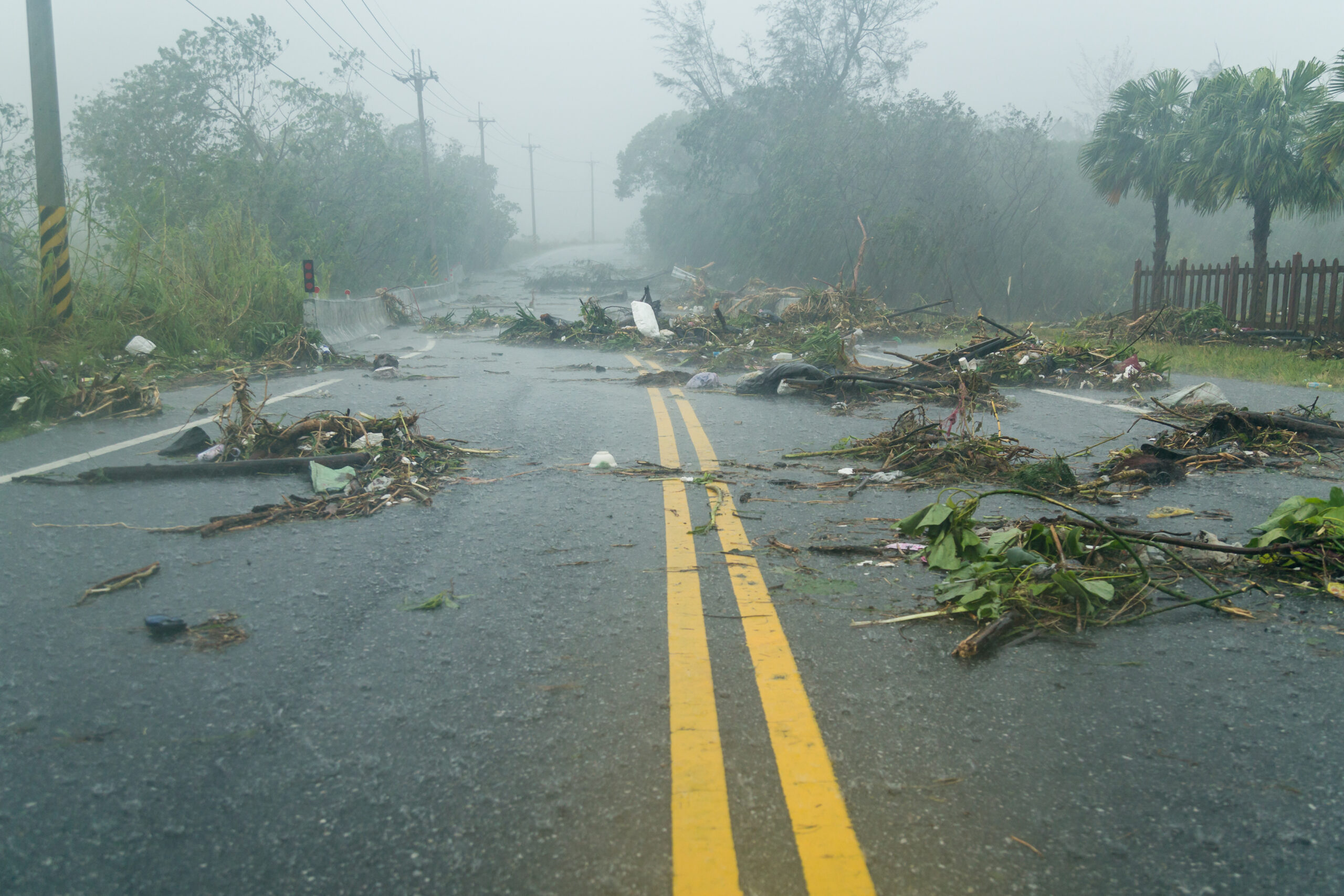Response
Healthcare Ready is ENGAGED for the pediatric surge in severe respiratory illnesses caused by viruses. We are in continuous communication with private and public sector partners to monitor impacts, shortages of pediatric medical supplies, supply chain needs for treatment and prevention, and health equity concerns.
Pediatric Hospital Bed Utilization Map
This map was created to help healthcare professionals and emergency managers understand pediatric inpatient bed availability across the country. The map provides a visual representation of data sourced from: HHS’s COVID-19 Reported Patient Impact and Hospital Capacity by State Timeseries.
The map visualizes State-level Pediatric Bed Utilization Rate, which is the percent of pediatric beds occupied by patients (calculated as pediatric beds occupied / total pediatric beds).
Hover over a state to see additional data for that state.
Disclaimer: Local capacity may vary drastically within a given state as not all hospitals are reporting. As such, hospital capacity is likely lower than shown in this resource.
Hover over a state to see additional data for that state.
- Pediatric inpatient beds: Total number of pediatric beds in the facility that are currently set-up, staffed and able to be used for a patient. Includes: Occupied and unoccupied inpatient pediatric beds including both PICU, med-surge beds, and surge/hallway/overflow beds that are open for use for a patient. Excludes: NICU, newborn nursery beds, and outpatient surgery beds.
- Pediatric beds per 100,000 persons under 18: Ratio of pediatric beds to every 100,000 individuals under 18 ((pediatric patient beds / population under 18) * 100,000)
- Hospitals reporting into dataset: Number of hospitals reporting bed data
- Percent of hospitals reporting: Percent of all hospitals in a state that are reporting bed data (count of hospitals reporting bed data / total hospitals in state)
Note: The COVID-19 Reported Patient Impact and Hospital Capacity by State Timeseries dataset does not account for every hospital in a state, as it is not mandatory to submit data to Healthdata.gov.
Situation Overview
Respiratory illnesses caused by viruses such as Respiratory Syncytial Virus (RSV), enterovirus, and rhinovirus have been the driving force behind the increase in pediatric hospital admissions across the U.S. Officials are advising hospital systems to increase communication and resource/stock-sharing to address the present pediatric surge, especially as facilities are preparing for the possibility that overlapping viruses such as RSV, SARS-CoV-2 (the virus that causes COVID-19), and influenza could result in disruption to testing and treatment supplies and hospitals reaching maximum capacity.
In recent months, healthcare providers have seen an uptick in all 3 respiratory illnesses, especially RSV. RSV is a respiratory virus that typically causes mild, cold-like symptoms and tends to emerge yearly at the same time as flu in the United States. However, RSV infection can be serious for infants, as it is the most common cause of bronchiolitis and pneumonia, especially in children younger than 1 year of age in the U.S. RSV can also be serious for older adults and those who are immunocompromised.
Healthcare Ready’s Role
Healthcare Ready remains focused on ensuring resources are available in sufficient quantities so that the most vulnerable communities, such as children, elderly, and the immunocompromised are appropriately prioritized. Our goal is to make sure scarce or limited resources are adequately reaching the communities that need it most.
This page provides information for the healthcare and public health community, situational reporting around the current response, and free resources and state-specific information to assist healthcare facilities, communities, and individuals with prevention and preparation for potential upticks in cases.
Healthcare Ready is Closely Monitoring the Following Areas
- Supply chain operations, including demand for pharmaceuticals, personal protective equipment, and issues related to workforce and business continuity.
- Response of the U.S. health system to mitigate the outbreak domestically. Healthcare Ready is working with health systems to understand their concerns and coordinating with federal partners to understand healthcare and public health response strategies.
- Global outbreaks to understand possible upstream supply chain issues.
- Humanitarian assistance efforts to coordinate donations and supplies for where they’re most needed
Situation Reporting
Healthcare Ready is releasing weekly reports on the impacts of the surge in severe pediatric respiratory illness, well as impacts to healthcare and public health. To sign up to receive future reports, click here.
-
- 1/20/2023 – 2023 Pediatric Respiratory Surge Event Situation Report #11
- 1/06/2023 – 2023 Pediatric Respiratory Surge Event Situation Report #10
- 12/22/2022 – 2022 Pediatric Respiratory Surge Event Situation Report #9
- 12/15/2022 – 2022 Pediatric Respiratory Surge Event Situation Report #8
- 12/8/2022 – 2022 Pediatric Respiratory Surge Event Situation Report #7
- 12/1/2022 – 2022 Pediatric Respiratory Surge Event Situation Report #6
- 11/23/2022 – 2022 Pediatric Respiratory Surge Event Situation Report #5
- 11/18/2022 – 2022 Pediatric Respiratory Surge Event Situation Report #4
- 11/10/2022 – 2022 Pediatric Respiratory Surge Event Situation Report #3
- 11/4/2022 – 2022 Pediatric Respiratory Surge Event Situation Report #2
- 10/25/2022 – 2022 Pediatric Respiratory Surge Event #1
Preparedness for Healthcare Facilities
There are several steps that can be taken to enhance regional preparedness. Healthcare facilities and pediatric hospitals can prepare communication and resource-sharing networks to be poised for response by:
-
- Reviewing crisis standards of care that include pediatric strategies to avoid reaching crisis.
- Coordinating with healthcare coalitions, especially to review pediatric surge annexes.
- Training non-pediatric practitioners to be able to care for pediatric patients.
- Refreshing and reviewing transfer agreements with other children’s hospitals or adult hospitals with pediatric bed capacity.
- Refreshing contacts with distributors and vendors to alert them of potential needs.
- Confirming contacts with county or city public health departments in case assistance needs to be requested.
- Reviewing and restocking pediatric and NICU Critical Supply Lists.
- Following the latest guidance from key institutions, such as: American Academy of Pediatrics, CDC, NIH.
Resources
General
- Pediatric Surge Resources | ASPR TRACIE – HHS ASPR page highlighting resources identified or developed to help address the current response to the pediatric surge in viral respiratory illnesses.
- Health Advisory – Increased Respiratory Virus Activity, Especially Among Children, Early in the 2022-2023 Fall and Winter | CDC – CDC Advisory with information on viruses of concern and recommendations and considerations for healthcare providers.
RSV
-
- RSV (Respiratory Syncytial Virus) | CDC – CDC homepage for RSV information and resources.
- RSV-NET Interactive Dashboard | CDC – Visualization tool for data from RSV-NET, a network that conducts active, population-based surveillance for laboratory-confirmed RSV-associated hospitalizations in children younger than 18 years of age and adults. Includes hospitalization rates by race, ethnicity, age group, sex, season, and monitoring site.
- Updated Guidance: Use of Palivizumab Prophylaxis to Prevent Hospitalization From Severe Respiratory Syncytial Virus Infection During the 2022-2023 RSV Season | American Academy of Pediatrics (AAP) – Bulletin explaining the AAP’s guidance for use of palivizumab, a treatment for RSV infection, “in eligible infants in any region experiencing rates of RSV activity at any time in 2022 similar to a typical fall-winter season.”
Flu
- Flu Activity & Surveillance | CDC – CDC homepage for flu surveillance resources, including weekly US flu reports (FluView) and data visualization tools.
COVID-19
- COVID-19 Data Tracker – Pediatric Data | CDC – Pediatric data for COVID-19 infections, including vaccinations, emergency department visits, and hospitalizations.
News
Request Assistance from Healthcare Ready: If you would like to request assistance from Healthcare Ready, please email at Alerts@HealthcareReady.org or call (866-247-2694).
Support Healthcare Ready
Healthcare Ready helps to strengthen healthcare supply chains through collaboration with public health and private sectors by addressing pressing issues before, during, and after disasters. As the convener of industry and government, we safeguard patient health by providing solutions to critical problems. And we provide best practices for healthcare preparedness and response. Learn more about how to support Healthcare Ready.






